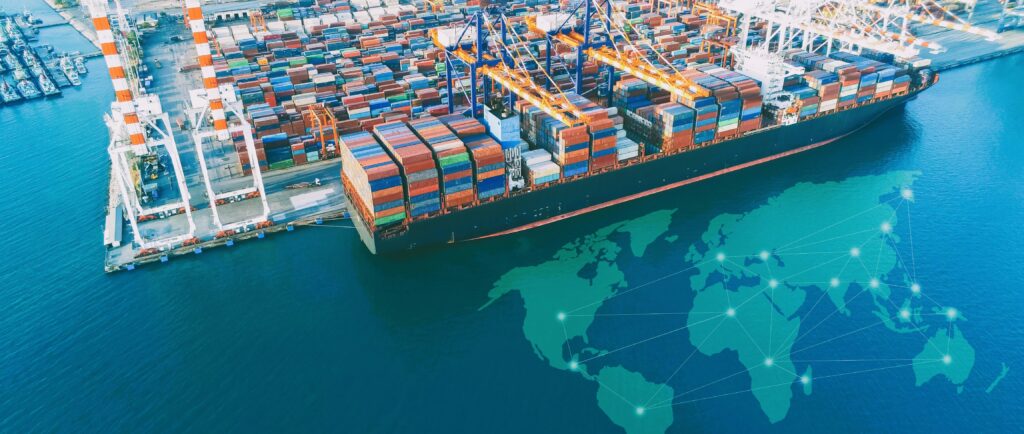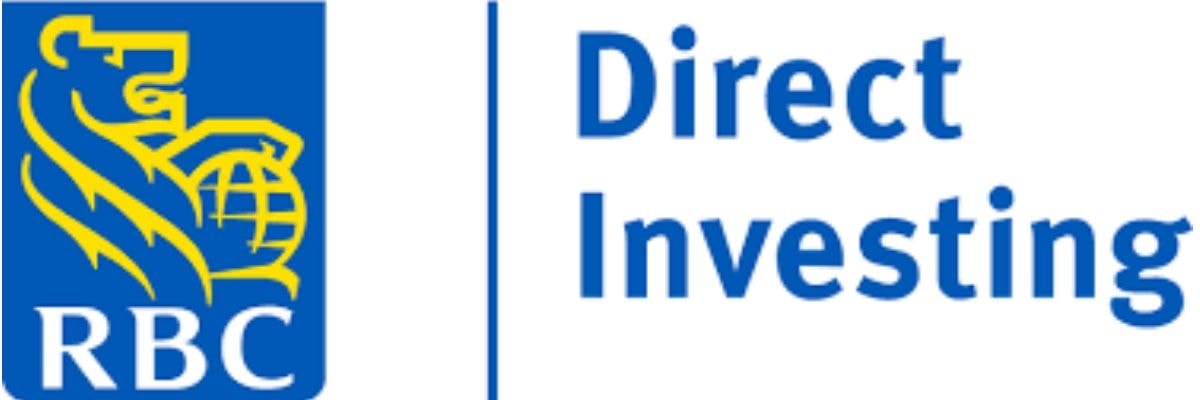By: Robert Koloshuk
Chief Investment Officer at WaveFront GAM
Successful investing isn’t about predicting the future, it’s about effectively managing uncertainty. At WaveFront, we don't build portfolios on forecasts; we construct robust investment systems that thrive across a spectrum of market conditions. Here’s why that matters.
Uncertainty is not a problem to be solved - it's the terrain we navigate.
In investing, those who endure and prosper aren’t the ones who predict the wave - they’re the ones who build portfolios robust enough to ride through every tide.
Today's headlines are noisy: trade tensions resurfacing, tariffs rising, interest-rate pivots looming. But the deeper truth remains timeless - nobody knows what comes next. Models will miss. Narratives will shift. Consensus will fracture. All that remains certain is volatility, and with volatility comes opportunity for those prepared to act with discipline.
The Illusion of Certainty
Uncertainty isn’t a temporary inconvenience - it’s the constant backdrop of markets. Yet investors often cling to the illusion that clarity is just around the corner, believing that if they wait long enough, they'll receive a "green light" to act. But reality isn't that neat. Policies shift unpredictably, political decisions cascade through the economy with unforeseeable second- and third-order effects, and even the most reliable data can become obsolete overnight. As investors, we don't have the luxury of waiting for certainty; instead, we must construct portfolios that perform under a broad spectrum of unknown outcomes.

Tariffs: A Case Study in Complexity
The reemergence of aggressive tariff strategies - particularly those enacted under the banner of economic nationalism - offers a live demonstration of how swiftly intended policy goals collide with real-world complexity.
On the surface, tariffs aim to boost domestic industry, restore manufacturing, and secure supply chains. But beneath that simplistic rationale, the ripple effects multiply:
- Cost Shocks Across Supply Chains: Tariffs raise input prices, disrupting cost structures across industries.
- Capacity Limitations: Domestic production infrastructure can't scale quickly, leading to bottlenecks and shortages.
- Labor Mismatches: Even if factories appear, the skilled talent required to operate them may not exist.
- Inflationary Pressure: Domestic goods typically cost more, eroding household purchasing power unless wages rise proportionally.
- Business Hesitancy: When the rules of global trade become unpredictable, investment slows, hiring pauses, and growth plans stall.
Globally, these policies fray alliances, provoke retaliatory tariffs, and dampen foreign capital flows into U.S. assets. What begins as a political lever swiftly becomes an economic undertow.
Tariffs are blunt tools wielded in a world demanding precision. For investors, they represent more than mere policy noise - they are direct sources of portfolio risk that transcend borders.

Markets Are Human Systems, Not Machines
Markets aren't algorithms, they're human systems shaped by perception, emotion, and reaction. Behind every spreadsheet or model, individuals interpret data, respond to headlines, and reposition portfolios- often irrationally in the short term.
This human factor explains why volatility spikes when policy uncertainty escalates. A subtle remark from a central banker, a single tariff-related tweet, or the hint of geopolitical escalation can move markets dramatically - not because fundamentals changed significantly, but because sentiment shifted abruptly.
It’s precisely why disciplined, rules-based strategies are essential. Emotion is contagious; discipline is rare.
At WaveFront, we understand that markets aren't always rational. Rather than fighting this fact, we build systems that can absorb short-term emotional volatility without succumbing to it.
Risk Management Isn’t Risk Avoidance
Effective risk management doesn't mean avoiding risk altogether - no meaningful return is possible without risk. Instead, risk management is about thoughtfully accepting and managing risk exposures in alignment with a clearly defined process.
At WaveFront, we’re mindful that every investment decision involves uncertainty. It’s acceptable, indeed inevitable, to have opinions about markets. Every investor does. However, what is unacceptable is to translate these opinions into impulsive investment decisions on behalf of clients. Portfolios must never be guided solely by personal predictions. Instead, they must remain disciplined, diversified, and anchored in systematic risk management processes designed to navigate uncertainty rather than avoid it.
The All-Weather Response: Preparation Over Prediction
We don’t believe in prediction - we believe in preparation. Our All-Weather strategy recognizes that no single asset, region, or economic regime has a monopoly on success. Instead, we design portfolios that dynamically adapt across market conditions by:
- Real Diversification: Allocating meaningfully across uncorrelated asset classes and economic drivers.
- Systematic Rebalancing: Using volatility and rigorous process, not headlines or gut feelings, to guide portfolio exposure.
- Resilient Return Streams: Incorporating real yield assets, managed futures, macro strategies, and defensive sectors designed specifically to thrive in uncertainty.
The goal isn’t to guess correctly - it’s to remain positioned effectively, regardless of what unfolds.

Opportunity Hidden in Volatility
Periods of extreme uncertainty often create the greatest market mispricing's. While many investors retreat from risk, disciplined capital leans in - selectively, methodically, and with a long-term view.
Forced liquidations, crowded exits, and fear-driven selling generate inefficiencies. It’s precisely in these conditions that non-consensus, all-weather strategies find their edge, provided they're structured to take advantage ahead of time.
The challenge, as always, is psychological. Deploying capital in turbulent times often feels deeply uncomfortable. Yet historically, this discomfort has consistently signaled future rewards.
Nobody Knows - and That’s Exactly the Point
No one - not policymakers, central banks, nor market strategists, can reliably forecast what comes next. But robust portfolios don’t need clairvoyance. They aren't built on prediction; they're designed for survival, adaptability, and sustainable compounding.
At WaveFront, embracing uncertainty is not just philosophical, it’s foundational to our approach. Our commitment isn't to foresee the unknowable future, but to diligently and systematically prepare for it.
Because thriving in the unknown isn't about predicting the wave, it’s about staying in front of it.
Learn more about the WaveFront All-Weather Alternative Fund here





